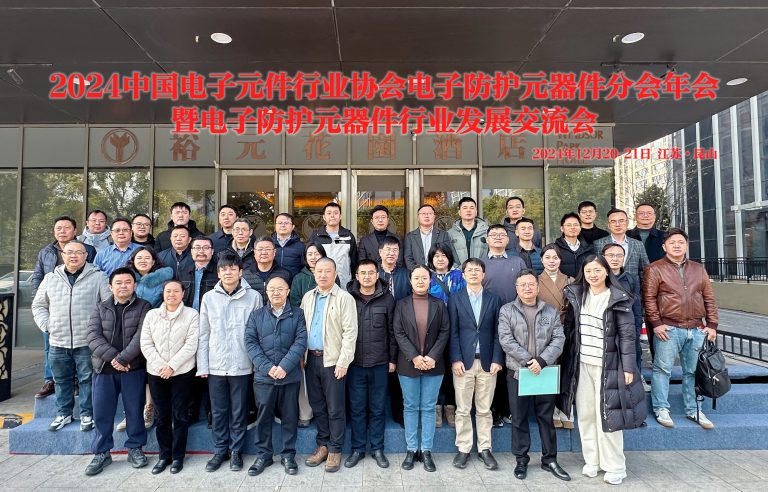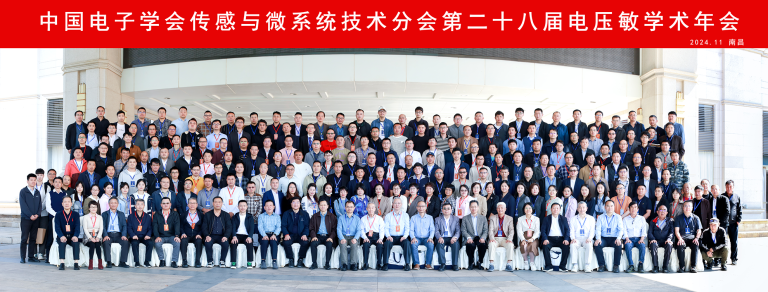What Spatial Intelligence Means
Artificial intelligence is moving fast. In this wave of progress, Stanford professor Fei-Fei Li introduced a new idea: Spatial Intelligence. She highlights a simple truth—AI has made big progress in text and image understanding, but it still struggles to truly grasp the physical, three-dimensional world.

AI systems can now “see” objects, but they still cannot fully understand how these objects exist, move, and interact in real space. Spatial intelligence is the next step. It focuses on enabling machines to work inside the physical world instead of only processing data on screens.
From Seeing to Understanding Space
Many current AI systems recognize objects well, and generative models create realistic images. But these abilities remain on the surface. To operate in the physical world, AI must go further.
Spatial intelligence includes three major abilities:
Perceiving 3D environments
AI must infer depth, shape, structure, and object relationships from images, video or point clouds.
Predicting and interacting
It needs to understand how objects move, how conditions change, and how to respond while the world is in motion.
Building usable world models
AI should create interactive 3D environments. These environments must support navigation, simulation and planning—not just visual appearance.
Fei-Fei Li believes that this shift will move AI from “language and images” into “physics and space.”
Why Spatial Intelligence Is a Breakthrough
AI has made progress in speech, text and image tasks. But three problems remain:
1. Weak spatial reasoning
AI often recognizes “chair” and “table,” but it may not understand that “the chair is behind the table” or “the table has legs under it.”
2. Limited real-world prediction
Models can generate images, but they struggle to plan real actions or understand how objects behave.
3. The virtual–physical gap
Most AI still works in virtual environments. It can produce beautiful images but cannot reliably operate in the world we live in.
Spatial intelligence fills this gap. It shifts AI from recognition to understanding, and from generation to interaction.
As Fei-Fei Li said:
“We taught machines to see. The next step is to teach them to act in the world.”
Where Spatial Intelligence Will Matter Most
Spatial intelligence will change how AI works in real environments. These fields will benefit first:
Robotics and autonomous driving
Machines must navigate, avoid obstacles and respond to changing conditions.
AR and VR
3D environments will no longer be static scenes. Users will explore and interact with them.
Architecture, urban planning and industrial design
AI that understands space can improve design accuracy and speed.
Medical and scientific research
3D modeling, anatomy simulation, and experimental environments all rely on spatial reasoning.
A New View on Physical System Reliability
As AI systems move from screens into real environments, the importance of hardware reliability grows quickly.
Devices using AI now interact with the physical world. They sense, compute, move and respond. This exposes them to real-world challenges—power disturbances, physical stress, temperature changes and electromagnetic interference.
This shift makes traditional engineering concerns—such as power stability, interface robustness and structural reliability—more important than ever.
In the era of spatial intelligence, strong hardware becomes the foundation that allows AI to act safely and consistently.
💡AI Drives the World, Boarden Protects⚡️
In this new phase of spatial intelligence, Boarden continues to support communication, security, industrial and automation systems with reliable circuit-protection solutions.
As AI enters the physical world, hardware protection becomes the base for safe operation.
If you would like to discuss more design ideas or explore professional protection components, feel free to contact Boarden. Let’s work together to support the reliable operation of tomorrow’s intelligent systems.





